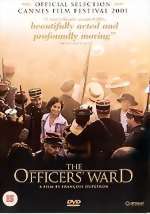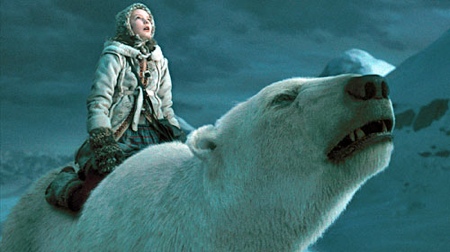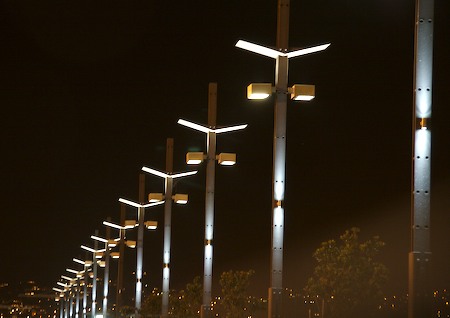If you watch old Blackadder, Fawlty Towers or Seinfeld episodes today, one thing that’s likely to stand out is the canned laughter. The fashion a couple of decades ago was to make this much more apparent than they do now. I say ‘canned’ laughter, but sometimes it was actually a live studio audience, but the volume levels are higher than today, and so it can be quite intrusive, or at least make things seem rather dated.
So, in these days of multi-channel sound, or alternative audio streams on DVDs, wouldn’t it be a good idea to allow viewers to choose their own levels for the laugh track? You could opt for the original 1980s experience, or a more subtle mix tuned to today’s tastes.
Now, what I don’t know, because I haven’t watched much recent comedy, is whether the nature of the recorded hilarity has changed, or just the volume — i.e. whether you’d need a complete new track, or just a volume control. But you could also choose where the laughter appeared in the surround space – are you watching the show from a distance, or are you surrounded by a laughing audience? And are you sitting in the front or back row?
All of these things should be easily tuneable now…
Though this does bring to mind the words of the marvellous Flanders and Swann, in the introduction to ‘A Song of Reproduction’:
People make an awful lot of fuss, anyway, about the quality of the sound they listen to. Have you noticed; they spend all that time trying to get the exact effect of an orchestra actually playing in their sitting room. Personally, I can’t think of anything I should hate more than an orchestra actually playing in my sitting room. They seem to like it…
That was 1959, by the way…





.jpg)




Recent Comments